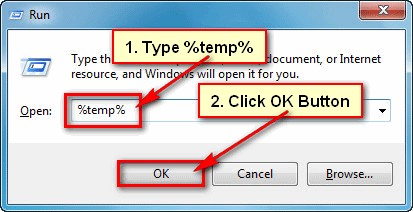

To bring a different feel to your design, you can use a transparent background as another layer on top of an image you are using. This technique is not very often, so we recommend you use it only when you need to and when it makes sense considering the intention of your design. Using a transparent background, in this case, is also going to help you add more depth. Want to create a multi-dimensional design? Then adding layers on top of layers will help you with that. You can use a transparent background whenever you need readability assistance and cannot find a white space or any other space in your design to place text.Ī transparent background behind the text, in this particular case, is an easy fix and highly recommended. That’s where a transparent background comes into play. If you need to include the brand’s name and a one-liner, the design you want to use might not be the best to add text on top of it as it can be hard to read the letters. Readability is one of the essential parts of your design, primarily if you work in marketing or PR. You can also use this technique to guide the viewer and give the whole design more perspective. Nevertheless, if you use it correctly, a transparent background will help you put any part of your design into the spotlight. Using a transparent background might not be the most common way to focus on a specific area you want to emphasize. Here are some ways and design tips on using a transparent background in graphic design to your advantage. You can use it to create inspiring designs such as modern logos or utilize it to give your design more depth and focus on some parts you want to emphasize. There are countless ways you can use a transparent background to your advantage. But, more often than not, these simple design techniques turn out to be some of the most valuable and creative ways to make your design stand out. Why do you need a transparent background?Ī transparent background may seem like such a basic design element.
#ADOBE ILLUSTRATOR SVG EXPORT ENABLE HOW TO#
We will also look at a few reasons why a transparent background might be helpful and how to “transform” the white background into a transparent one using Linearity Curve. If you are a logo creator, you will also learn how to save transparent background logos in Illustrator. In this article, you will learn how to make a background transparent step-by-step. Making the background transparent, however, is not as easy as it sounds. While the white background can be useful at times, helping you to see your work better, there are numerous reasons why you might need to get rid of the white background and have a transparent background. In the end, we will also show you how to get the same result with Linearity Curve (formerly Vectornator).Īdobe Illustrator’s default setting saves your work with a white background, which is the white artboard you will work on. Learn two simple ways for how to create a transparent background in Illustrator.


 0 kommentar(er)
0 kommentar(er)
